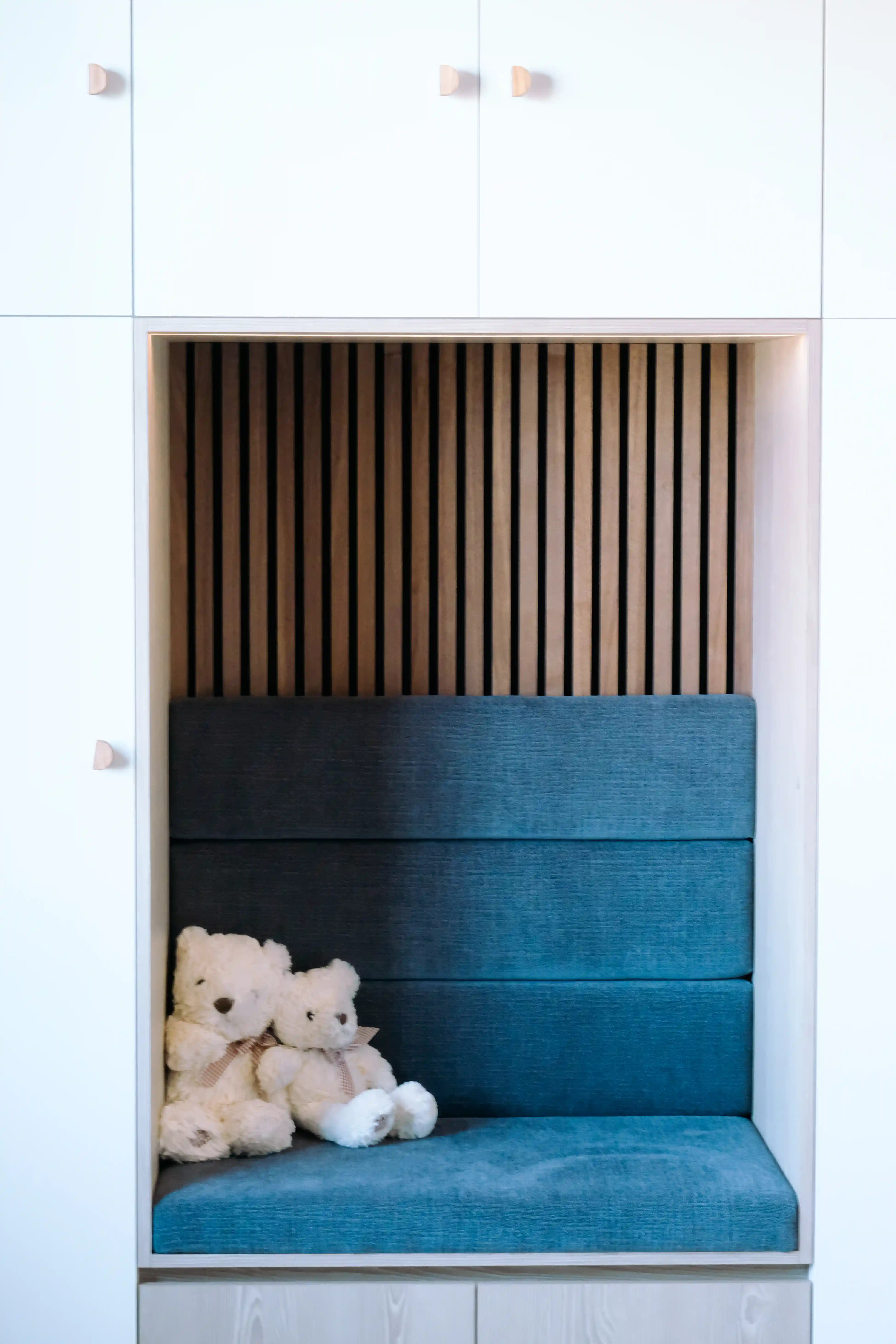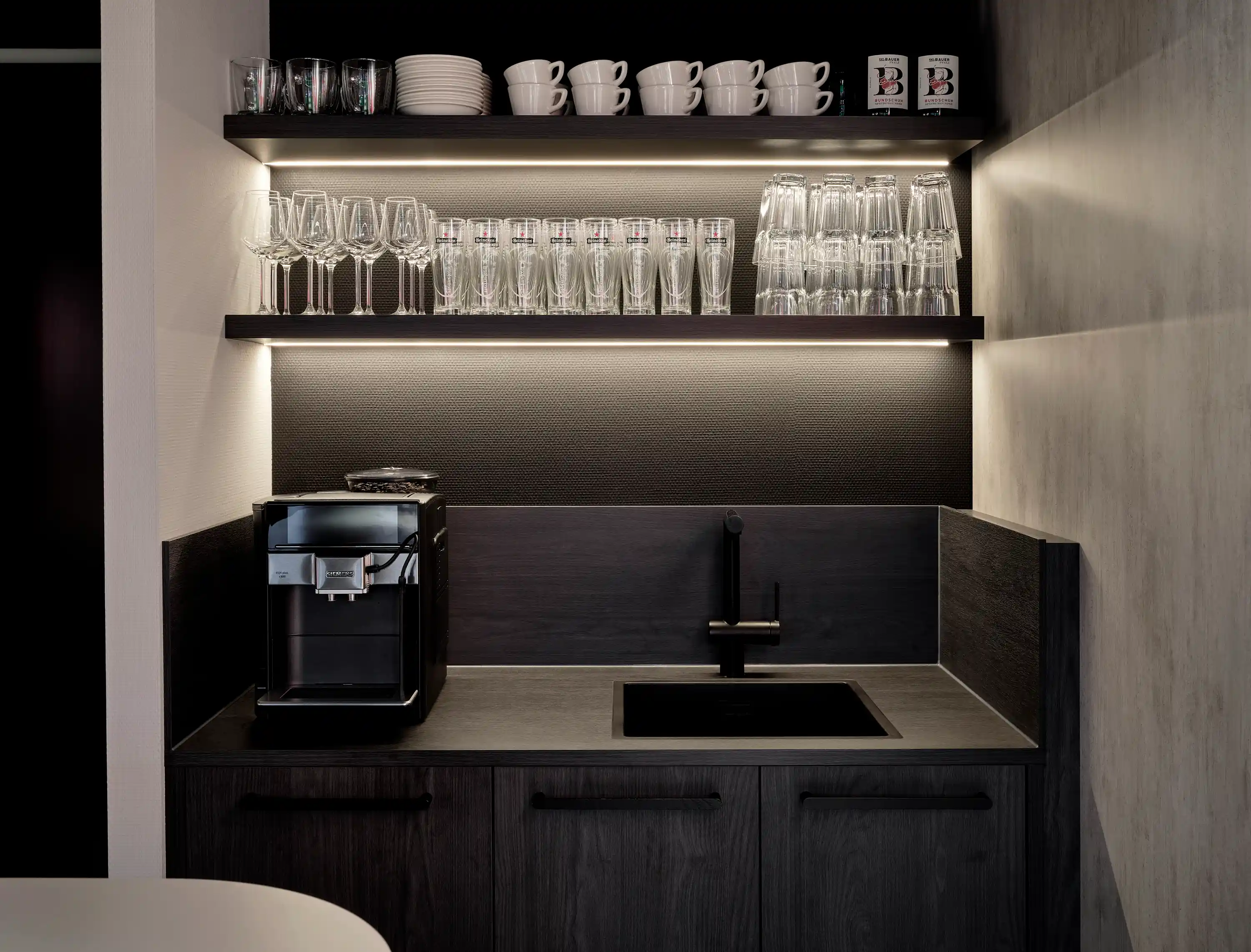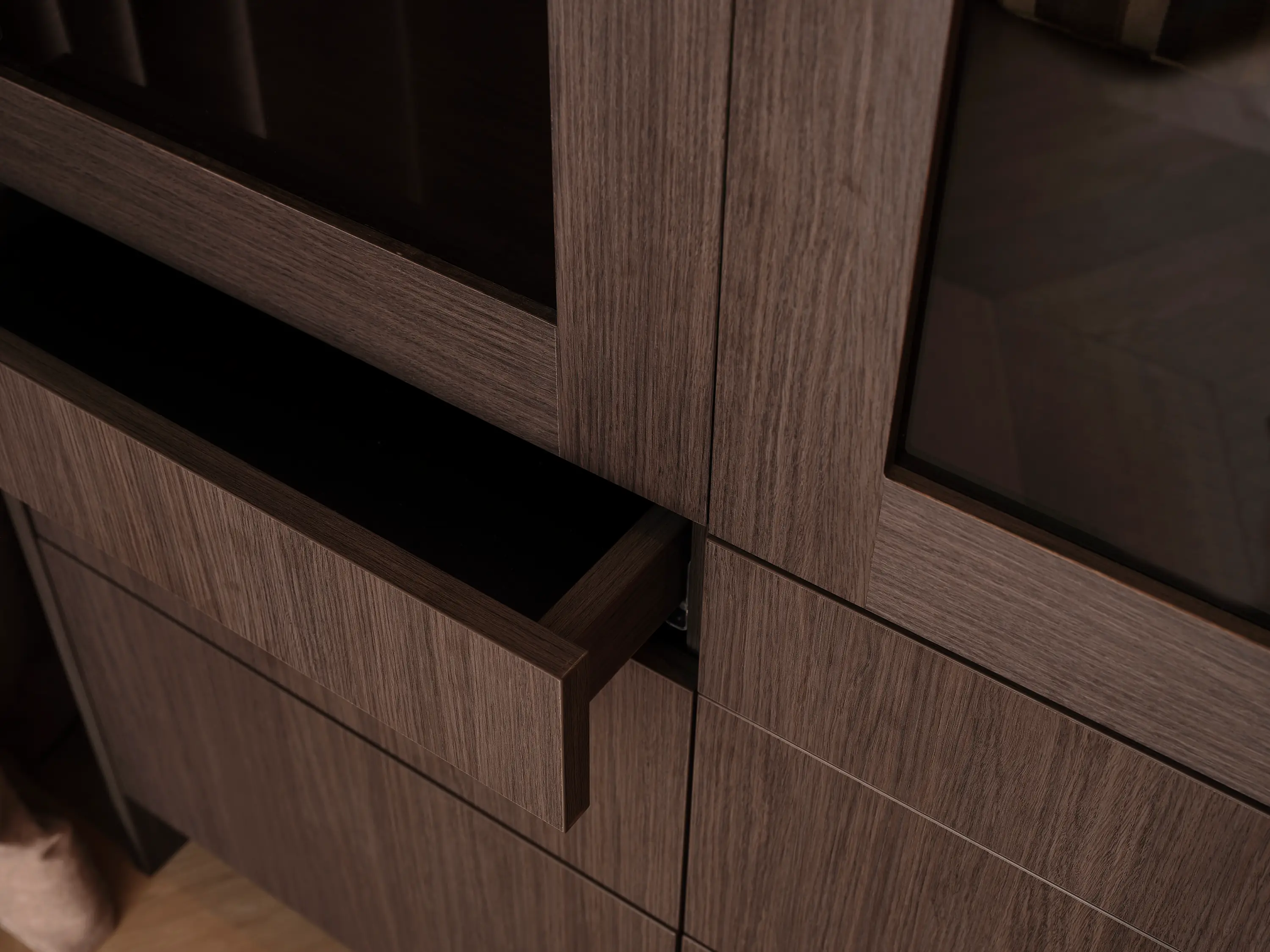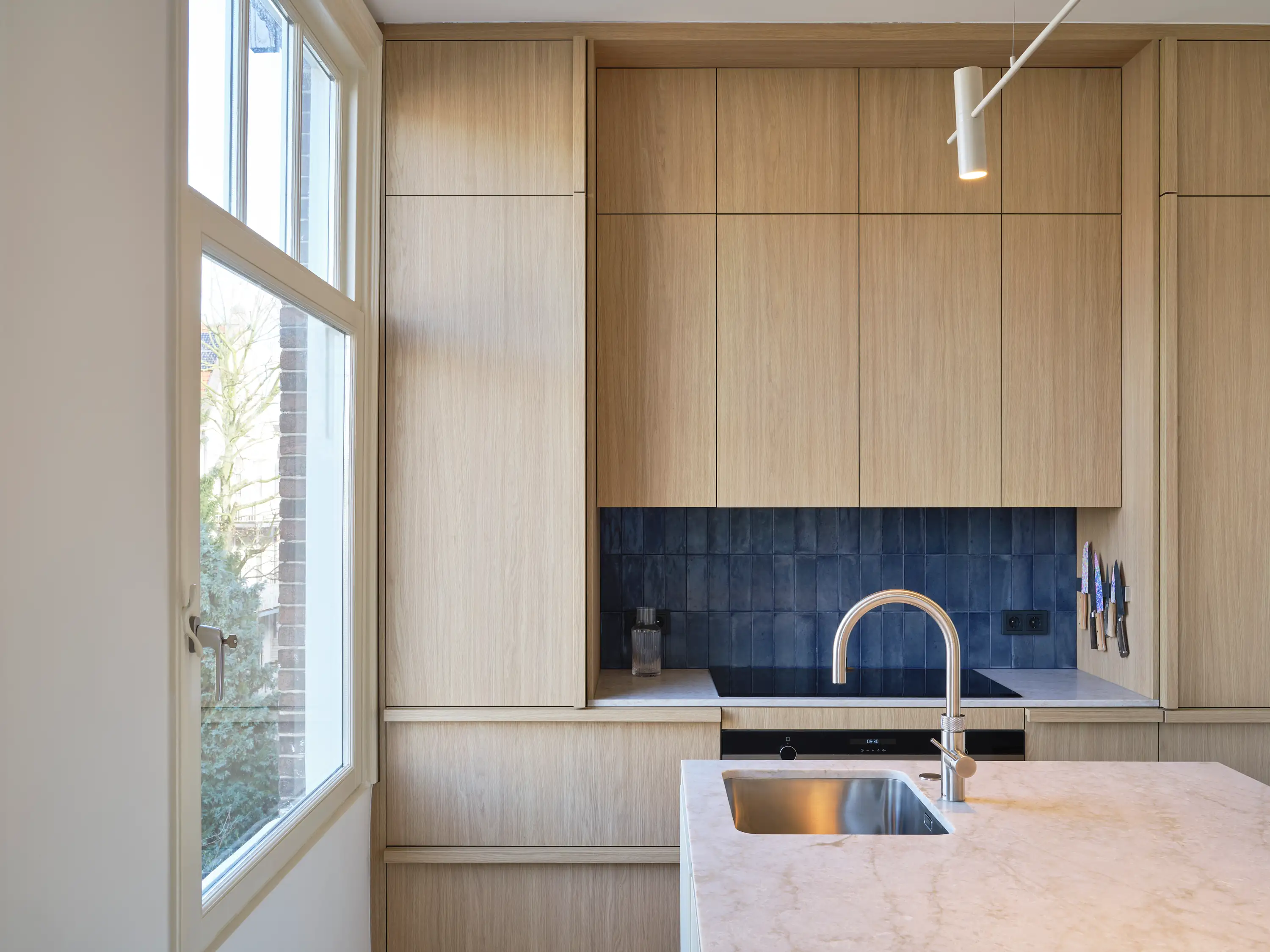Choosing the Right Sanding Level for Your Desired Finish

Why sanding?
Sanding is an important part of every wood project. Sanding takes a lot of time, while your results are often much less visible than with a saw or router. Nevertheless, sanding is essential to complete the wood project. In this blog you will read more about how sanding actually works, which grit you should choose and about the choice between manual or machine sanding.
What is sanding?
Sanding actually makes the wood feel smoother by roughening all wood fibers equally. You do this roughening by rubbing sandpaper manually or with a machine over your project. The grains on the sandpaper act as a kind of cutting tool (just like a saw blade). There are sandpapers with different grain sizes. The smaller the grit, the smaller the scratches, the smoother the surface feels.
Choose the right grain
Sandpaper is graded based on the number of abrasive particles per square inch that make up the sandpaper. The lower the number, the coarser the grit. Sandpaper is classified as Coarse (40 to 60 grit), Medium (80 to 120), Fine (150 to 180), Very Fine (220 to 240), Extra Fine (280 to 320) and Super Fine (360 and up). Sanding with progressively finer grits removes the scratches from the previous sanding and ultimately produces an increasingly smooth finish.
You may be asking yourself, "Why can't I just sand the whole project with Superfine sandpaper?" Well, you may, but coarse sandpaper will remove material faster and if you use finer sandpaper afterwards, it will be quicker and easier. And as almost any experienced woodworker will tell you, the faster you finish sanding, the better.
Below is a table of the different grit sizes and what they are often used for.

Sanding by hand
Hand sanding gives you the most control over the final shape of the wood surface. You can reach corners and recesses that a machine cannot reach or get in between. For flat surfaces and sharp edges, always use a sanding block. Using a sanding block, you apply even pressure to your workpiece. This prevents your sandpaper from gathering or slipping. When sanding curves or forming a rounded edge, instead use the softness of your hands to create a satisfying curve. Always maintain a steady pressure and sand with the grain, not against it. Never use sandpaper to remove things like pencil marks or dried glue. By doing so, you run the risk of unwittingly altering the shape of your project.

Sanding with a sander
It's not mandatory, but for large surfaces, an electric powered sander is definitely going to save you a lot of time and effort. The electric sander makes wood smooth quickly and evenly, without leaving any marks. An advantage of sanding with a machine over manual sanding is that many machines can be equipped with an extractor. This saves a lot of dust in your workplace.

Sanding before finishing with varnish, lacquer or paint
Sanding not only makes the wood smoother, it is also important if you want to finish the wood afterwards. Sanding "roughens" the surface, making the finish stick better. In addition, sanding between coats smooths out any bumps or protrusions so you're left with a super-smooth, professional finish. The smoother the surface is sanded, the smoother the coat of finish will be. If you are applying multiple coats of lacquer, always sand in between the coats as well.
Sanding MDF
Even though MDF already feels quite smooth, it still needs to be sanded with very fine sandpaper. This is because MDF is made of composite wood with resin. It is therefore somewhat greasy. If you do not sand this, the paint will adhere very poorly. Therefore make sure that you degrease the MDF before sanding. The ends and other processed parts of MDF must in any case be properly sanded, because this is often rougher.
Conclusion
Sanding can be time consuming, but it is a fundamental part of the woodworking process and necessary if you are applying any sort of finish to your wooden parts. For the optimal result, consider which grain size is right for the type of wood you are cutting and the desired finish of your project.
Find out more about our sanding and finishing services
Related articles:
Selecting the right wood for your CNC project
How do you choose the best finishing type for my wooden parts?
Upload your design file and get a quote
within days
Quality production with trusted production network.



%20(1).webp)

.webp)









.webp)
